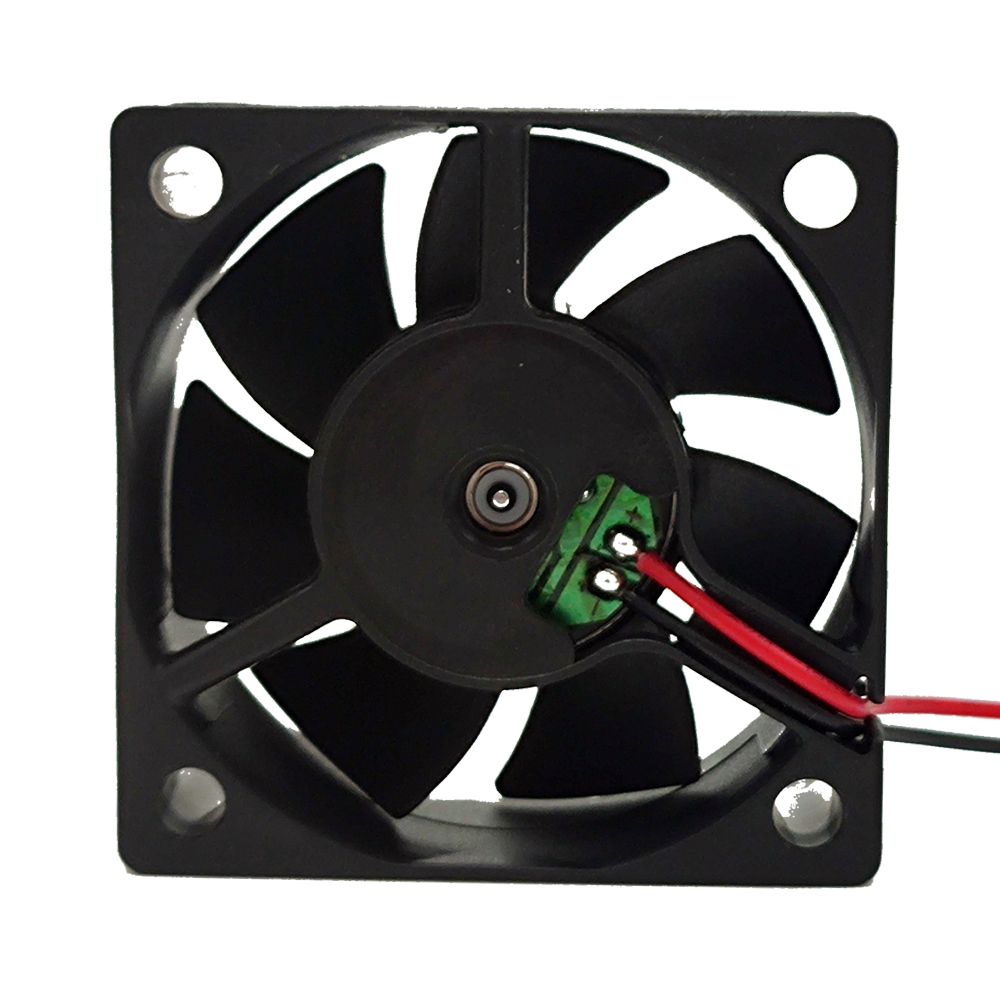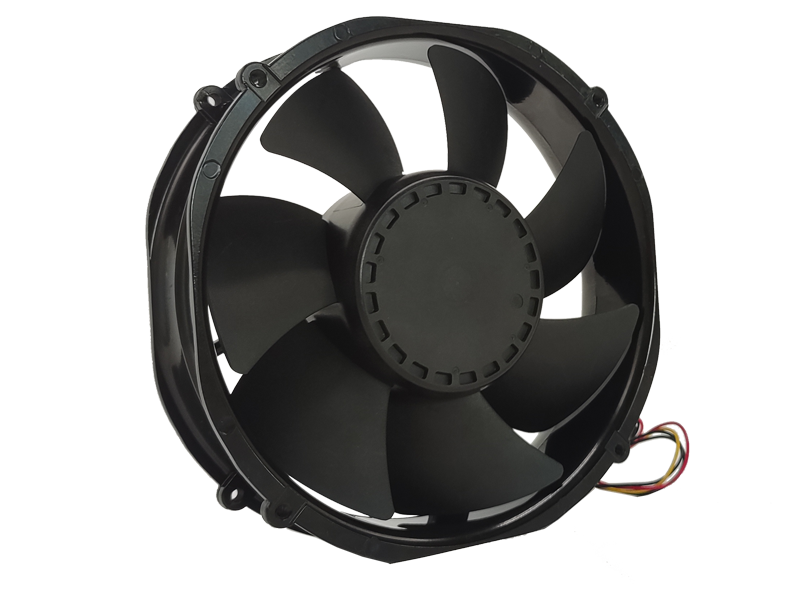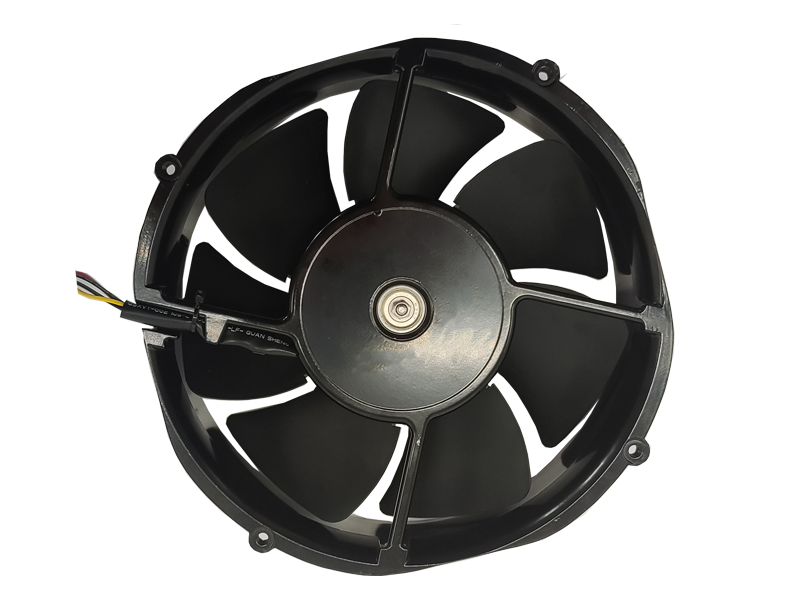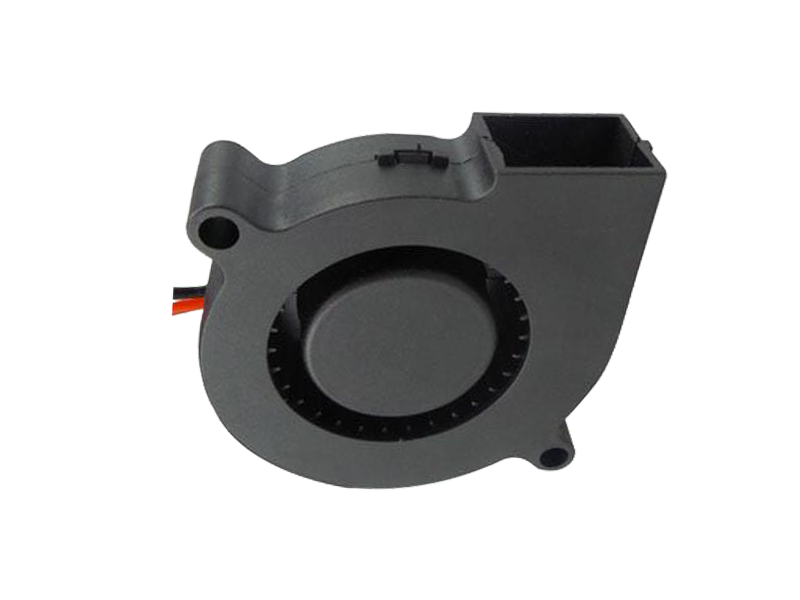Industrial fans are an essential component of many industrial applications, providing cooling, ventilation, and air circulation for machines, processes, and environments that generate heat. From manufacturing plants to warehouses, data centers, and HVAC systems, the importance of these devices cannot be overstated. However, as industries evolve, so do the demands placed on industrial fans. Today, manufacturers need to consider not just airflow and energy efficiency, but also noise reduction, durability, and automation. This article explores the current trends in industrial fan design and the ways in which product innovation is helping these systems meet modern challenges.
1. Understanding the Core Functions of Industrial Fans
At its most basic, the function of an industrial fan is simple: to move air. This movement of air helps cool down equipment, prevent overheating, regulate temperature, and ensure the safety and comfort of workers. Industrial fans are typically used in environments where large amounts of air are required to maintain a safe and efficient working condition. They are employed in applications such as cooling towers, exhaust systems, ventilation systems, and even in specialized areas like poultry farms or mines, where large air volumes are needed.
The traditional design of industrial fans centers on the motor, blades, and housing. The fan's performance, largely determined by its ability to generate airflow (measured in CFM - cubic feet per minute), is a key metric in evaluating its effectiveness. However, as industries grow and technological advancements shape the market, there is a need for smarter, more efficient, and quieter solutions.
2. Energy Efficiency and Eco-friendly Design
Energy efficiency is one of the most critical considerations in modern industrial fan design. As companies and industries are increasingly pressured to reduce their carbon footprint, the demand for energy-efficient fans is growing rapidly. Traditional fans, while effective, can consume a lot of power, especially in large-scale industrial operations. This not only increases operational costs but also impacts sustainability goals.
To address this challenge, manufacturers have turned to high-efficiency motors, aerodynamically optimized fan blades, and advanced control systems. For example, the adoption of brushless motors or variable frequency drives (VFDs) can provide substantial energy savings. By adjusting the fan speed based on real-time needs, VFDs ensure that fans only consume the power necessary for the job at hand. This allows businesses to save on energy costs and reduce their environmental impact while maintaining optimal performance.
Additionally, advancements in fan blade technology, such as the introduction of more streamlined, low-resistance blades, have helped to minimize energy consumption. These blades are designed to maximize airflow while reducing drag, which translates into better overall efficiency.
3. Noise Reduction in Industrial Fans
In industrial environments, the noise generated by machinery is a significant concern. Excessive noise can cause distractions, reduce productivity, and lead to hearing damage among workers. Industrial fans, which often operate at high speeds and with large motors, are a major source of noise in factories, plants, and other facilities. For this reason, noise reduction is an essential consideration in fan design.
Product manufacturers have responded by developing fans with quieter operation features. For instance, advancements in motor technology, such as the use of insulated motors or specially designed motor casings, have helped reduce vibration and noise. Moreover, the incorporation of noise-dampening materials in the fan housing and the careful design of the blades to reduce turbulence have also contributed to quieter operation.
Another innovation that has emerged is the use of frequency modulation. By adjusting the frequency of the motor’s operation, fans can operate at lower speeds, thus reducing noise levels while maintaining airflow efficiency.
4. Durability and Reliability in Harsh Environments
Industrial fans are subjected to harsh conditions—extreme temperatures, high humidity, corrosive substances, and physical wear and tear are just a few of the challenges these fans must face. As such, durability and reliability are crucial attributes in industrial fan design.
Manufacturers now use advanced materials such as stainless steel, corrosion-resistant alloys, and high-performance polymers to construct fan blades and housings. These materials ensure that the fan can withstand corrosive environments like chemical plants or coastal locations, where saltwater and humidity could degrade other materials.
Additionally, the motor housing and electrical components are often designed with special coatings or seals to prevent moisture, dust, or chemicals from affecting the fan's performance. This has greatly extended the life cycle of industrial fans, providing companies with greater return on investment and minimizing the frequency of replacements or repairs.
5. Automation and IoT Integration

As industrial facilities become more automated and connected, there is a growing trend toward integrating fans with smart technologies. The Internet of Things (IoT) has enabled real-time monitoring of fan performance, enabling predictive maintenance, optimization, and improved overall efficiency.
Sensors can monitor various parameters such as airflow, temperature, motor performance, and even vibration levels. These parameters are sent to a central control system that can adjust the fan’s operation to ensure optimal performance. For instance, if a sensor detects an unusual increase in temperature or a decrease in airflow, the system can trigger a maintenance request or automatically adjust the fan’s speed to correct the issue.
This integration allows for preventive maintenance, which can minimize downtime and avoid costly repairs. Smart fans can also be integrated into broader building management systems (BMS), allowing centralized control and monitoring across an entire facility.
6. The Future of Industrial Fans
Looking forward, industrial fans are expected to continue evolving with a strong focus on increased automation, energy efficiency, and integration into smart factory systems. Advancements in motor technology, aerodynamics, noise reduction, and materials science will continue to shape the next generation of industrial fans.
Moreover, as industries increasingly look to meet sustainability goals, the demand for eco-friendly and energy-efficient products will continue to rise. Future industrial fans will likely be designed to consume less energy, operate more quietly, and last longer, all while providing more precise control over airflow to meet the needs of highly specific industrial applications.
Conclusion
Industrial fans are no longer just simple air-moving devices—they are becoming more sophisticated, efficient, and integrated into the fabric of modern industrial operations. Innovations in materials, technology, and design are transforming how these products contribute to industrial productivity, energy efficiency, and worker safety. As industries continue to evolve, the role of industrial fans in supporting both operational efficiency and sustainability will remain crucial, making them a key component of future industrial growth.
Recommended Products

The main purpose:Car charging station

The main purpose:Car charging station

The main purpose:Electronic refrigerators, water dispensers, direct drinking machines, inverter power supplies
Address:No. 4137, Longgang Avenue (Henggang Section), Henggang Community, Henggang Street, Longgang District, Shenzhen
hotline:13530005572(Chen)15112579390(Li)


Welcome all friends to come for consultation and negotiation.
Copyright 2024 @ Shenzhen Youneng Xinyuan Electronics Co., Ltd.,(industrial fans,industrial blowers,axial fans,cooling fans manufacturer,centrifugal fans,ac cooling fans,dc cooling fans)